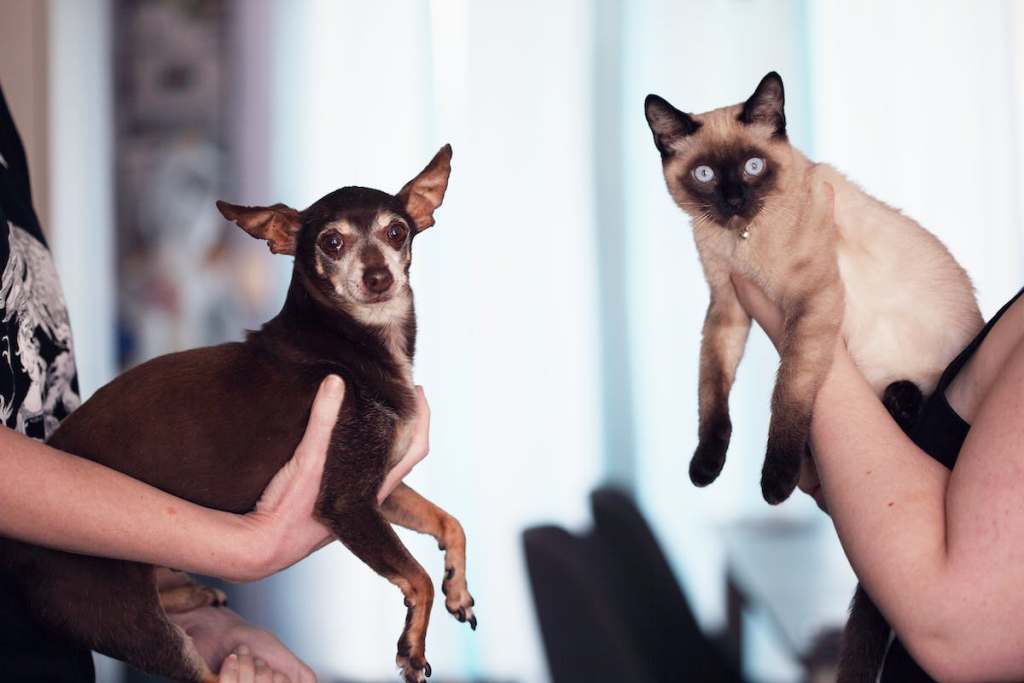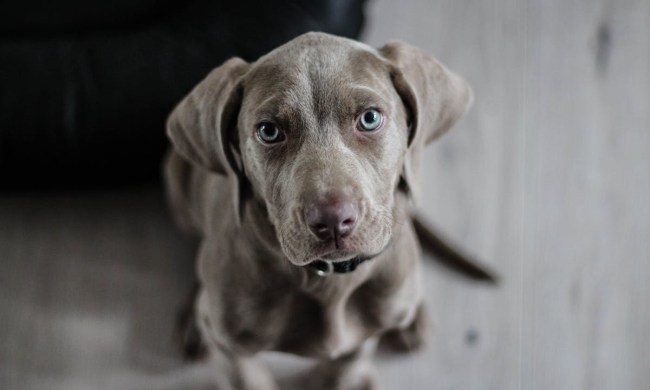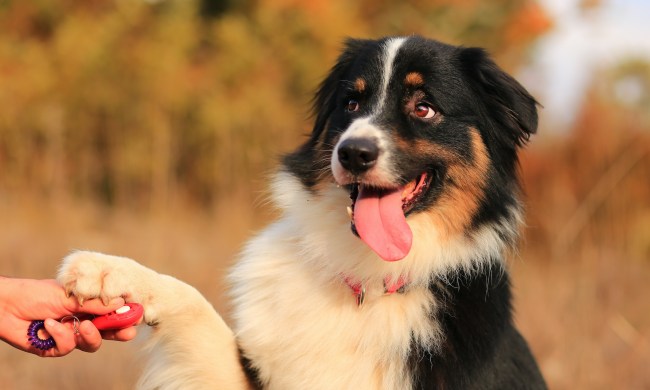Even if you’ve never been around dogs or cats, you’ve probably heard about their rough relationship. Cats and dogs are rivals at best and enemies at worst — right? It sure seems that way when there are thousands of stories and even videos of dogs and cats not getting along. Whether you’ve witnessed a dog-cat chase with your own eyes or have heard your pup barking at the neighbor’s cat at all times of the day, it’s only natural to wonder, “Why do dogs hate cats?”
Some dogs couldn’t care less if a feline friend stopped by for a visit — that’s true — but plenty of other pups would go positively bananas. So what’s the difference?

Why do dogs hate cats?
While it’s easy to assume that dogs and cats “hate” one another because of their vast differences, it’s a bit more complicated than that. Even dogs that regularly chase cats don’t do so out of malice or hate. It’s an instinctual thing!
Even though your pup isn’t hunting for their food like their ancestors used to do, that prey drive in their brain may still kick into gear when they see a fast-moving target like a cat, squirrel, or even a toy. And if the cat runs away from your dog, your buddy just might keep chasing them.
When all of this chaos happens in a span of a few seconds, it’s easy to interpret it as your dog’s dislike for felines. But in reality, they are just reacting to the presence of potential prey. And don’t worry, this doesn’t mean they actually want to hurt or hunt the cat. It’s an unconscious reaction that happens deep within their brain and not something they choose to do.
If a cat and a dog have a history of unpleasant interactions, it makes sense why both animals would become untrustworthy of the other species. This is why it’s worth paying closer attention if your pet suddenly starts reacting negatively to animals they previously tolerated.

Different species have different communication
Additionally, cats and dogs just don’t understand one another the way they understand their own species. They have different ways of communicating and interacting, so misunderstandings and accidental boundary crossings can happen. For example, a wagging tail on a dog is often a sign of curiosity and happiness, but on a cat, tail movement means something else entirely. A cat with a twitching tail isn’t a happy cat, but this could be easily misinterpreted.
Fortunately, with a little bit of patience, time, and supervision, dogs can often get along just fine with their feline siblings. For some animals, interspecies friendships come naturally, but it’s OK if it takes time for your pets to learn how one another operates. At the same time, don’t force dogs or cats to be around other animals if they seem nervous or distressed. Some pets are best as the only fur baby in the home – -and that’s OK, too! As long as you know what works best for you and your home, you can take all the time you need to make sure everyone feels comfortable and safe. Good luck!




